Red Dawn
5.8 /10 1 Votes
53% Rotten Tomatoes Genre Action, Drama, War Duration | 6.3/10 IMDb Country United States | |||||||||||||||||||||||||||||||||
 | ||||||||||||||||||||||||||||||||||
Language EnglishRussianSpanish Release date August 10, 1984 (1984-08-10) Screenplay John Milius, Kevin Reynolds Cast (Jed), C. Thomas Howell (Robert), (Erica), (Daryl), (Matt), (Toni)Similar movies Invasion USA (1985) | ||||||||||||||||||||||||||||||||||
Red dawn trailer 1984
Red Dawn is a 1984 American war film directed by John Milius, filmed in Metrocolor and Panavision, and co-written by Milius and Kevin Reynolds. It stars Patrick Swayze, C. Thomas Howell, Lea Thompson, Charlie Sheen, and Jennifer Grey. It was the first film to be released in the US with a PG-13 rating.
Contents
- Red dawn trailer 1984
- Red dawn trailer 2012 movie official hd
- Plot
- Development
- Shooting
- Box office
- Critical
- Later reputation
- Music
- In popular culture
- Operation Red Dawn
- Remake
- References

The film is set in an alternate history timeline in which the United States is invaded by the Soviet Union and its Cuban and Nicaraguan allies. However, the onset of World War III is in the background and not fully elaborated. The story follows a group of American high school students who resist the occupation with guerrilla warfare, calling themselves Wolverines, after their high school mascot.
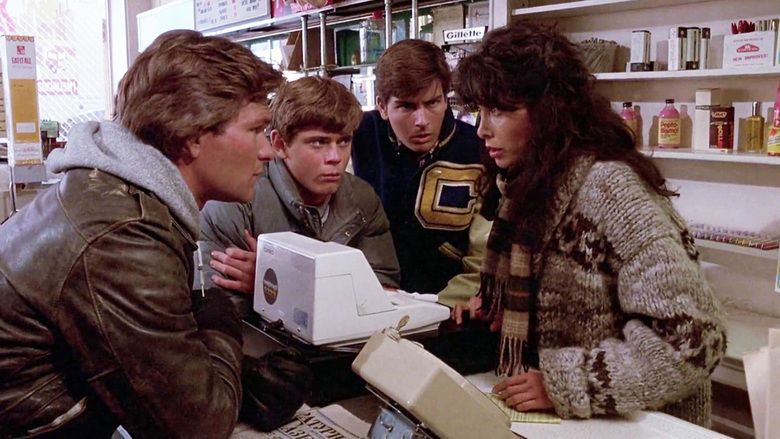
Red dawn trailer 2012 movie official hd
Plot

The United States has gradually become strategically isolated after several European nations (except the United Kingdom) withdraw from NATO. At the same time, the Soviet Union and its Warsaw Pact partners aggressively expand their sphere of influence. In addition, the Ukrainian wheat harvest fails while a Communist coup d'etat occurs in Mexico.
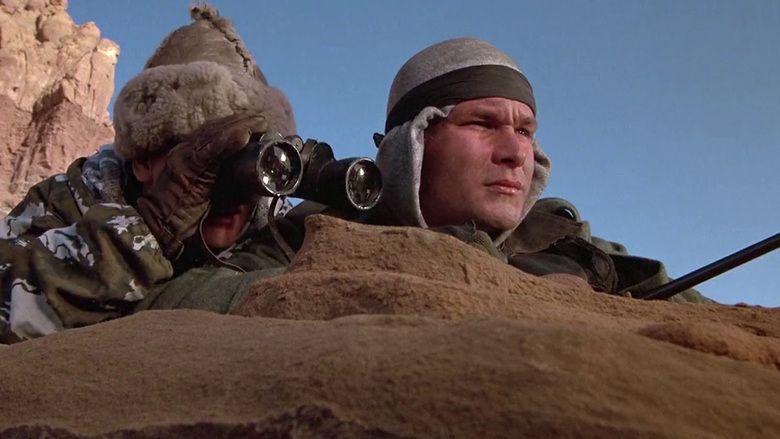
On a September morning, in the small town of Calumet, Colorado, a local high school teacher pauses when he sees Soviet paratroopers landing in a nearby field. The paratroopers open fire when the teacher confronts them. Pandemonium follows as students flee amid heavy gunfire. In downtown Calumet, Cuban and Soviet troops are trying to impose order after a hasty occupation. Cuban Colonel Bella instructs the KGB to go to a local sporting goods store and obtain the records of the store's gun sales on the ATF's Form 4473, which lists citizens who have purchased firearms.
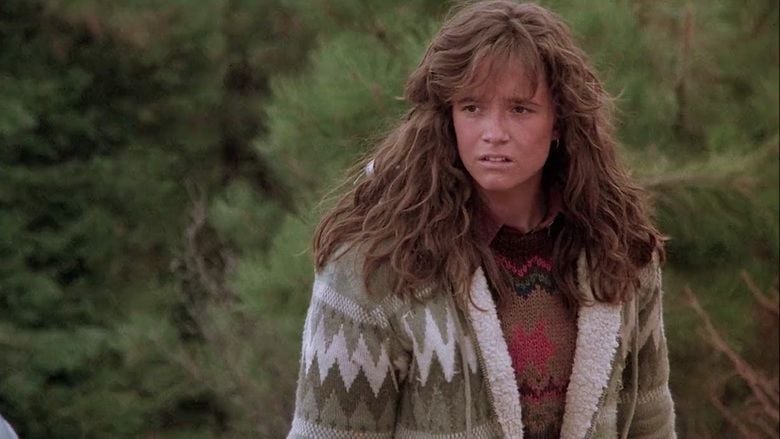
Brothers Jed and Matt Eckert, along with their friends Robert, Danny, Daryl, and Aardvark, flee into the wilderness after hastily equipping themselves at a sporting goods store owned by Robert's father. While on the way to the mountains, they run into a Soviet roadblock, but are saved by an attacking U.S. Army UH-1 helicopter gunship. After several weeks in the forest, they sneak back into town; Jed and Matt learn that their father is being held in a re-education camp. They visit the site and speak to him through the fence; Mr. Eckert orders his sons to avenge his inevitable death.
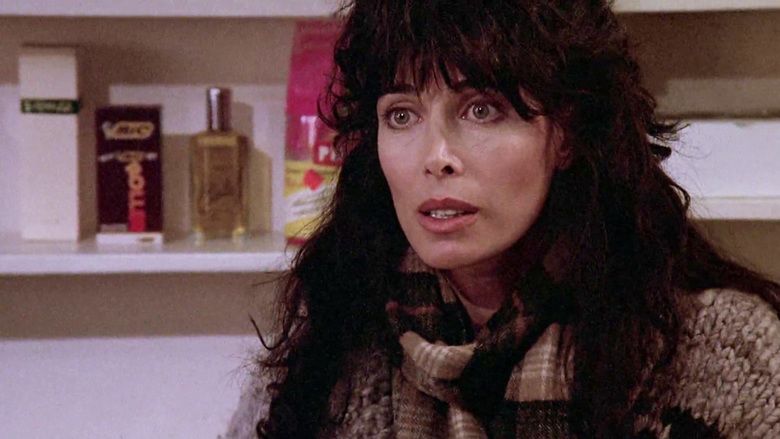
The kids visit the Masons and learn that they are behind enemy lines in "Occupied America." Robert's father is revealed to have been executed because of the missing inventory from his store. The Masons charge Jed and Matt with taking care of their two granddaughters, Toni and Erica. After killing Soviet soldiers in the woods, the youths begin an armed resistance against the occupation forces, calling themselves "Wolverines," after their high school mascot. The occupation forces initially try reprisal tactics, executing groups of civilians following every Wolverine attack. During one of these mass executions, the fathers of Jed, Matt and Aardvark are killed. Daryl's father, Mayor Bates, is a collaborator and tries to appease the occupation authorities. Despite the reprisal tactics the occupation forces get nowhere.
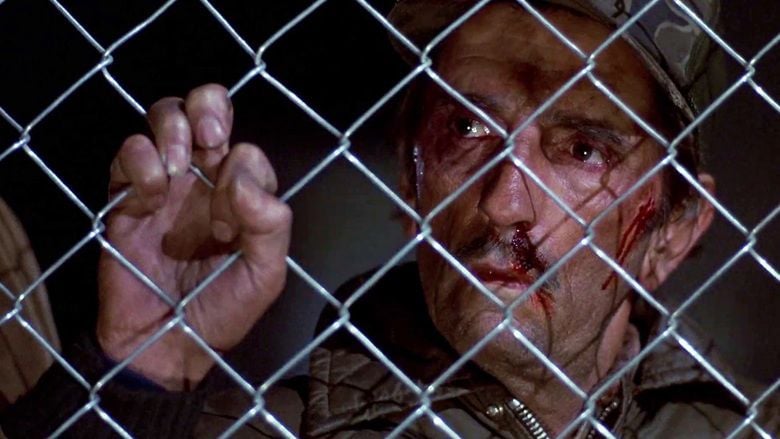
The Wolverines find a downed pilot, Lt. Col. Andrew Tanner, who informs them of the current state of the war: several American cities, including Washington, D.C., were destroyed by nuclear strikes; the Strategic Air Command was crippled by Cuban saboteurs; and paratroopers were dropped from fake commercial airliners to seize key positions in preparation for subsequent assaults via Mexico and Alaska. The middle third of the U.S. has been taken over, but American counterattacks have halted Soviet advances along the Rocky Mountains and the Mississippi River and the lines have stabilized. The only remaining U.S. allies, the UK and China, are militarily crippled. Concerned about nuclear fallout, both sides refrain from the further use of nuclear weapons.
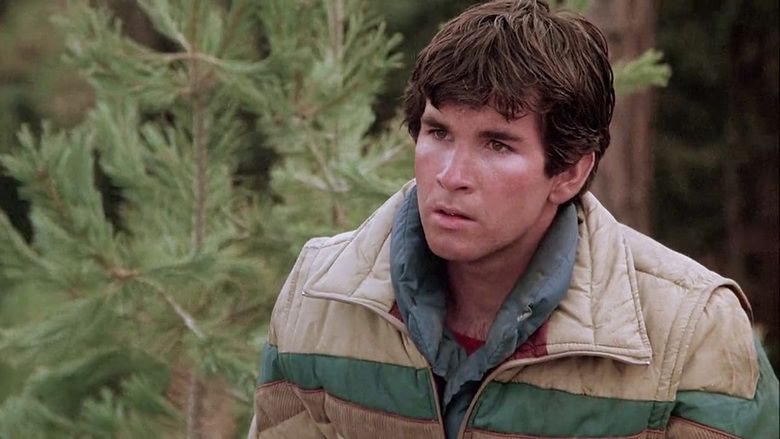
Tanner assists the Wolverines in organizing raids against the Soviets. Soon after, in a visit to the front line, Tanner and Aardvark are killed in the crossfire of a tank battle. Daryl is caught by the Soviets after being turned in by his collaborating father. Using threats of torture, KGB officers force Daryl to swallow a tracking device, then release him to rejoin the guerrillas. Spetsnaz are sent into the mountains carrying portable radio triangulation equipment, but are ambushed by the Wolverines. The group trace the source of the signal to Daryl, who confesses and pleads for mercy, but is executed by Robert after Jed executes a captured Soviet soldier.
The remaining members are ambushed by Mi-24 helicopter gunships, and Robert and Toni are killed. Jed and Matt attack the Soviet headquarters in Calumet to distract the troops while Danny and Erica escape. The plan works, but Jed and Matt are wounded. Though Colonel Bella comes across the brothers, he is unable to bring himself to kill them and lets them go. Nevertheless, it is implied the brothers die in the park where they spent time as kids.
Erica narrates that the U.S. repelled the Soviet invasion some time later. A plaque is seen with Partisan Rock in the background, with each dead (presumed) Wolverine's name inscribed upon it. The rock is fenced off and an American flag flies nearby. The plaque reads:
...In the early days of World War III, guerrillas – mostly children – placed the names of their lost upon this rock. They fought here alone and gave up their lives, so "that this nation shall not perish from the earth."
Development
The film was originally called Ten Soldiers and was written by Kevin Reynolds. It was set in the near future as a combined force of Russians and Cubans launched an invasion of the Southwestern USA. Ten kids take to the hills when their small town is captured and they turn into a skilled and lethal guerrilla band.
The script was shown to MGM where then senior vice-president for production, Peter Bart, who remembers it as a "sharply written anti-war movie... a sort of Lord of the Flies." He took the project to the head of the studio, Frank Yablans. Bart recalls that things changed when "the chieftains at MGM got a better idea. Instead of making a poignant little antiwar movie, why not make a teen Rambo and turn the project over to John Milius, a genial and rotund filmmaker who loved war movies and also loved war? The idea was especially popular with a member of the MGM board of directors, General Alexander Haig, the former Nixon chief of staff, who yearned to supervise the film personally and develop a movie career."
Milius admits he was enthusiastic about the project:
When I was a kid in the early 60s and 50s, even... I went to high school in Colorado. One of the big things we wanted to be, aside from football players and skiers and everything else–we wanted to be mountain men. And so we read everything about Jim Pritchard and Jim Carson, all that kind of thing, you know, to be a woodsman. The greatest fantasy of all was that we were going to go up to the mountains and resist the Russians with flint-lock rifles, cap-lock rifles, anyway.
Milius says MGM decided to make the film because of the Soviet war in Afghanistan. "MGM decided we’re going to make this patriotic movie that’s mirroring the situation in Afghanistan, and we’ll release it during the Olympics." Milius set about rewriting the script. Some of the changes included a shift in focus from conflict within the group to conflict between the teens and their oppressors, and the acceleration of the ages of some of the characters from early teens to high school age and beyond.
Haig took Milius under his wing, bringing him to the Hudson Institute, the conservative think tank founded by Herman Kahn, to develop a plausible scenario. Milius saw the story as a Third World liberation struggle in reverse; Haig introduced Nicaragua and suggested that, with the collapse of NATO, a left-wing Mexican regime would participate in the Soviet invasion, effectively splitting the U.S. in half. Bart says "Even Milius was taken aback by Haig's approach to the project. "This is going to end up as a jingoistic, flag-waving movie," Milius fretted. Meanwhile, despite Haig's enthusiasm (or perhaps because of it) the Department of Defense flatly refused to extend any cooperation whatsoever. As a result, the budget of this once $6 million movie almost tripled."
Milius later said "I see this as an anti-war movie in the sense that if both sides could see this, maybe it wouldn't have to happen. I think it would be good for Americans to see what a war would be like. The film isn't even that violent – the war shows none of the horrors that could happen in World War III. In fact, everything that happened in the movie happened in World War Two."
Shooting
The movie was filmed in and around the city of Las Vegas, New Mexico. Many of the buildings and structures which appeared in the film, including a historic Fred Harvey Company hotel adjacent to the train depot, the train yard, and a building near downtown, which was repainted with the name of "Calumet, Colorado", are still there today. An old Safeway grocery store was converted to a sound stage and used for several scenes in the movie.
Before starting work on the movie, the cast underwent a realistic, intensive eight-week military training course. During that time, production crews designed and built special combat vehicles in Newhall, California. Soldier of Fortune reported that the movie's T-72 tank was such a precise replica that "while it was being carted around Los Angeles, two CIA officers followed it to the studio and wanted to know where it had come from".
Milius says the scene that meant the most to him was when the Wolverines execute the Russian soldier and the mayor’s son, Daryl.
The rationale that Jed [Patrick Swayze’s character] gives is, "We live here." For me that sort of summed up the anger and fear that followed Sept. 11. That’s the emotional core of it, isn’t it though? That’s it. We live here. This is what we are. At the time I remember that was a very, very powerful scene... [I]t was extremely [difficult] to shoot that. We were way, way up on a place called Johnson’s Mesa. It snowed. The wind was blowing in. It dropped below zero, everybody was getting frostbite, as well as the fact, I remember, everyone had dysentery. So you had the problem of everyone having to rush to various facilities wearing Avirex assault gear... I remember the power of that scene and that they got into it because of the fact that it was so bitterly cold. And yet it was so beautiful at the same time. Everybody became kind of strongly attached to the place.
Powers Boothe later claimed "Milius cut out the emotional life of its characters. Originally, my character was anti-war, as well as a rightist. I was supposed to be the voice of reason in that movie. But certain cuts negated my character."
Lea Thompson says the original cut featured a love scene between her and Powers Boothe but it "was cut out after some previews because of the age difference. And that was the main reason I took the movie-it was such a terrific scene."
Box office
Red Dawn was the 20th highest-grossing film of 1984, opening on August 10, 1984 in 1,822 theatres and taking in $8,230,381 on its first weekend. Its box office gross is $38,376,497.
Critical
Red Dawn received mixed reviews, receiving a score of 50% on Rotten Tomatoes based on 20 reviews.
The New York Times reviewer said "to any sniveling lily-livers who suppose that John Milius... has already reached the pinnacle of movie-making machismo, a warning: Mr. Milius's Red Dawn is more rip-roaring than anything he has done before. Here is Mr. Milius at his most alarming, delivering a rootin'-tootin' scenario for World War III."
MGM apologised to Alaska war veterans for the film's advertising, which claimed that no foreign troops had ever landed on US soil, thereby overlooking the Aleutian Islands Campaign.
At the time it was released, Red Dawn was considered the most violent film by the Guinness Book of Records and The National Coalition on Television Violence, with a rate of 134 acts of violence per hour, or 2.23 per minute. The DVD Special Edition (2007) includes an on-screen "Carnage Counter" in a nod to this.
A few days after the NCTV survey came out, 35 protestors picketed the MGM/UA building in opposition to the film. John Milius said:
What these people really don't like is that the movie shows violence being perpetrated against Russian and Cuban invaders, which is what the demonstration was all about. My question is, where were all these demonstrators when the Russians shot down that airliner? Were they cheering? And what about the people being gassed and yellow-rained in Afghanistan?... There's really no pleasure in outraging these people. I suppose next some extreme right wing organisation will give me an award, which is equally ridiculous.
Soon after the Gun Owners of America announced that they were honoring Milius for "dramatically depicting the importance in our time of the Second Amendment."
Later reputation
National Review Online has named the film #15 in its list of "The Best Conservative Movies." Adam Arseneau at the website DVD Verdict opined that the film "often feels like a Republican wet dream manifested into a surrealistic Orwellian nightmare".
According to Jesse Walker of Reason,
The film outraged liberal critics, but further to the left it had some supporters. In a witty and perceptive piece for The Nation, Andrew Kopkind called it "the most convincing story about popular resistance to imperial oppression since the inimitable Battle of Algiers," adding that he'd "take the Wolverines from Colorado over a small circle of friends from Harvard Square in any revolutionary situation I can imagine."
Libertarian theorist Murray Rothbard argued that the film was "not so much pro-war as it is anti-State." Rothbard gave the film a generally positive review, while expressing some reservations with the story:
One big problem with the picture is that there is no sense that successful guerrilla war feeds on itself; in real life the ranks of the guerrillas would start to swell, and this would defeat the search-and-destroy concept. In Red Dawn, on the other hand, there are only the same half-dozen teenagers, and the inevitable attrition makes the struggle seem hopeless when it need not be.
Another problem is that there is no character development through action, so that, except for the leader, all the high school kids seem indistinguishable. As a result, there is no impulse to mourn as each one falls by the wayside.
Milius said that:
The movie was very successful. It was just roundly hated by the liberal community and critics. I was vilified and excoriated to a degree–and I was one who was used to being vilified and excoriated for my movies–but that movie really got their dander up... You see the tremendous cost of everything. Nobody comes out of it whole or unscarred. The ones that in the end, when they get away, they’re looking down on this vast plain and say, "We’re free now." And he says, "Free to do what?"
Music
The film's score was composed and conducted by Basil Poledouris; it was the first soundtrack album to be released (on LP and compact disc) by Intrada Records. The label issued the complete score in 2007.
In popular culture
The movie has become a big cult success. Milius:
It was almost like a Revolutionary War message. It’s the nature of America’s struggle against oppression. But the movie, because it was a rare patriotic movie in a time when that really wasn’t done very often, I think it really struck a chord. It really struck a chord with people who’ve grown up [with it]… They’ve told me, "God, I just love that movie." Because everybody, I think, had that fantasy of what would happen if your home was invaded and you would fight the Russians and whatever.
Operation Red Dawn
The operation to capture former Iraqi dictator Saddam Hussein was named Operation Red Dawn and its targets were dubbed Wolverine 1 and Wolverine 2. Army Captain Geoffrey McMurray, who named the mission, said the naming "was so fitting because it was a patriotic, pro-American movie." Milius approved of the naming: "I was deeply flattered and honored. It's nice to have a lasting legacy."
"I was very proud," said Milius. "I was just thrilled. It’s nice to be liked someplace in the world. I have very strong supporters in the military."
Remake
The remake takes place in a slightly altered version of the modern day (c. 2012), with North Korea invading the United States. Milius did not like the remake, and criticised it as "terrible" after reading an original script where the villains were Chinese.
There was a strange feeling to the whole thing. They were fans of the movie so they put in stuff they thought was neat. It’s all about neat action scenes, and has nothing to do with story.... There’s only one example in 4,000 years of Chinese territorial adventurism, and that was in 1979, when they invaded Vietnam, and to put it mildly they got their [butts] handed to them... Why would China want us? They sell us stuff. We’re a market. I would have done it about Mexico.
References
Red Dawn WikipediaRed Dawn IMDbRed Dawn Rotten TomatoesRed Dawn themoviedb.org
